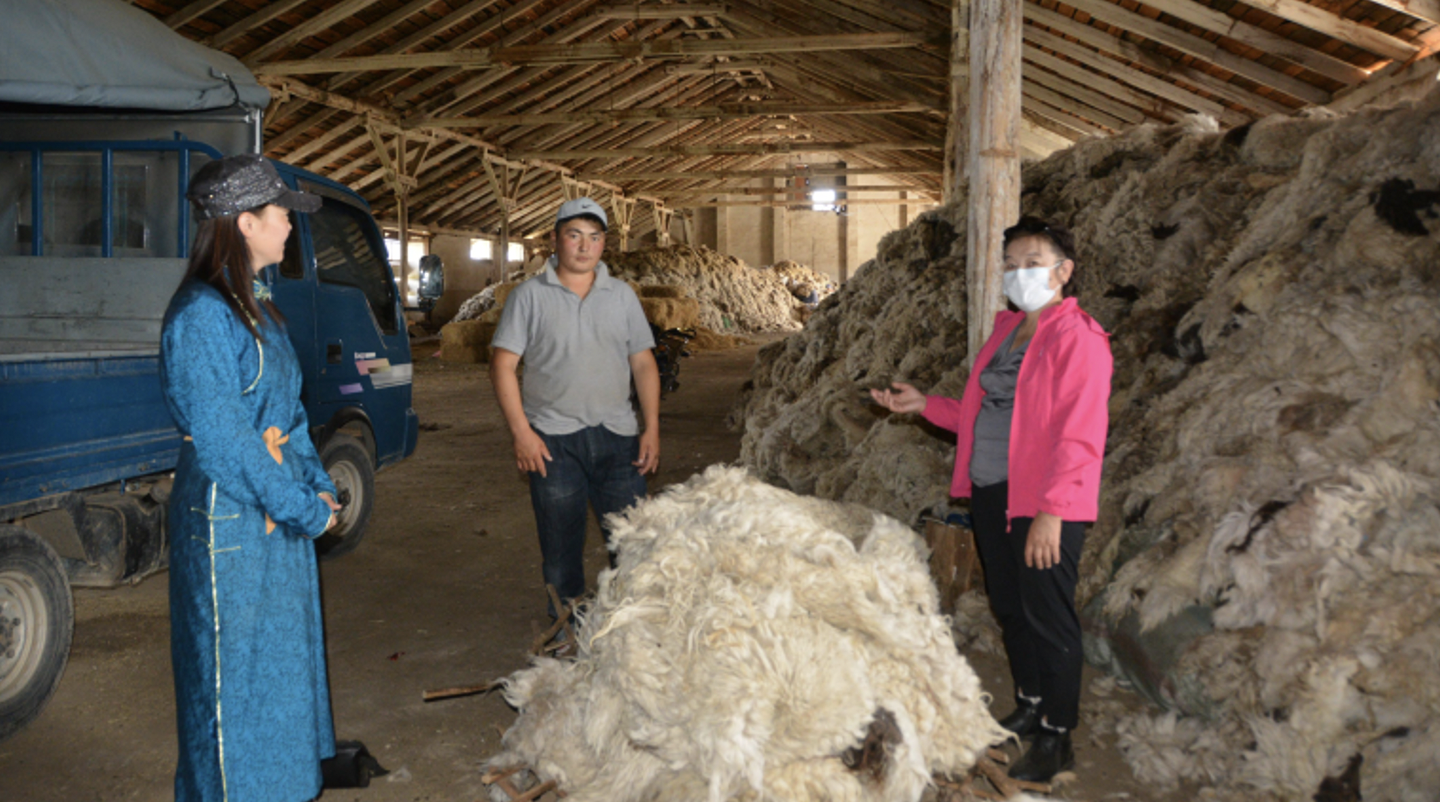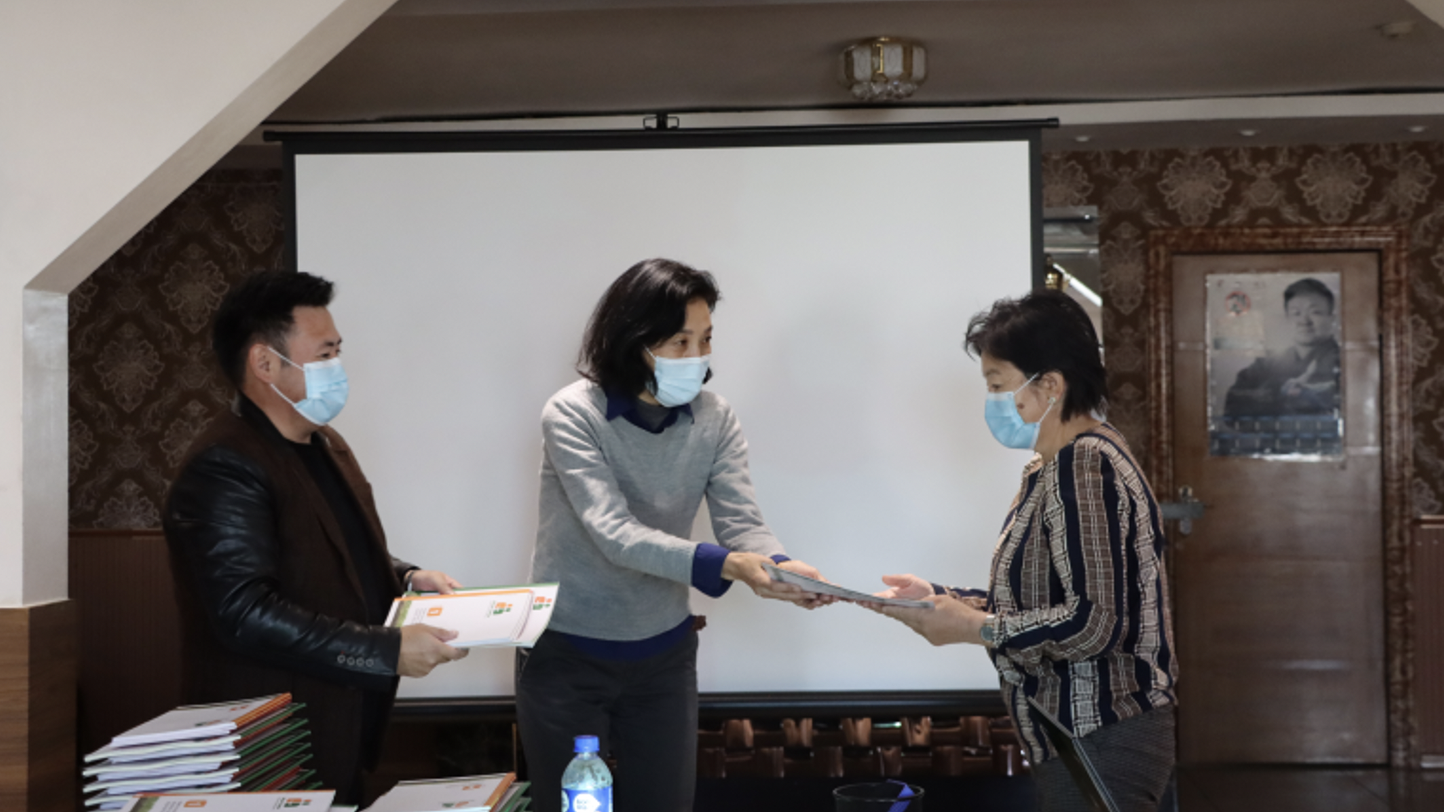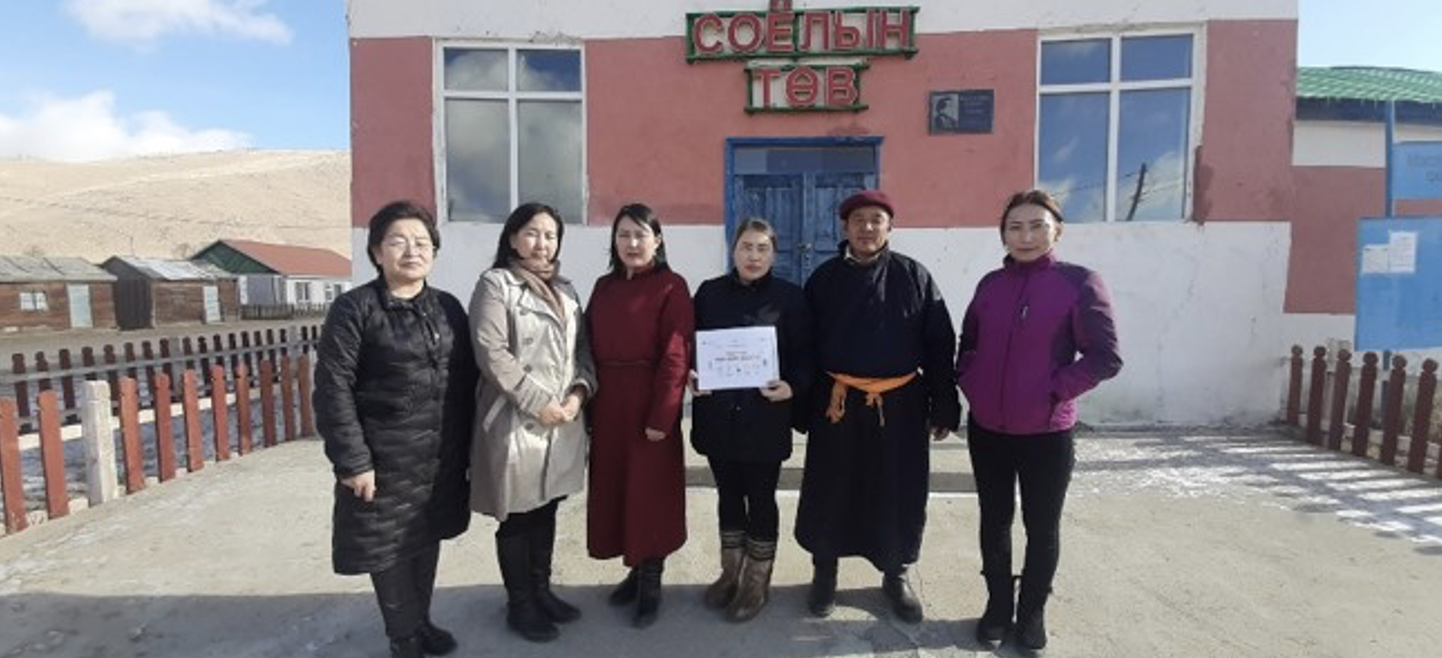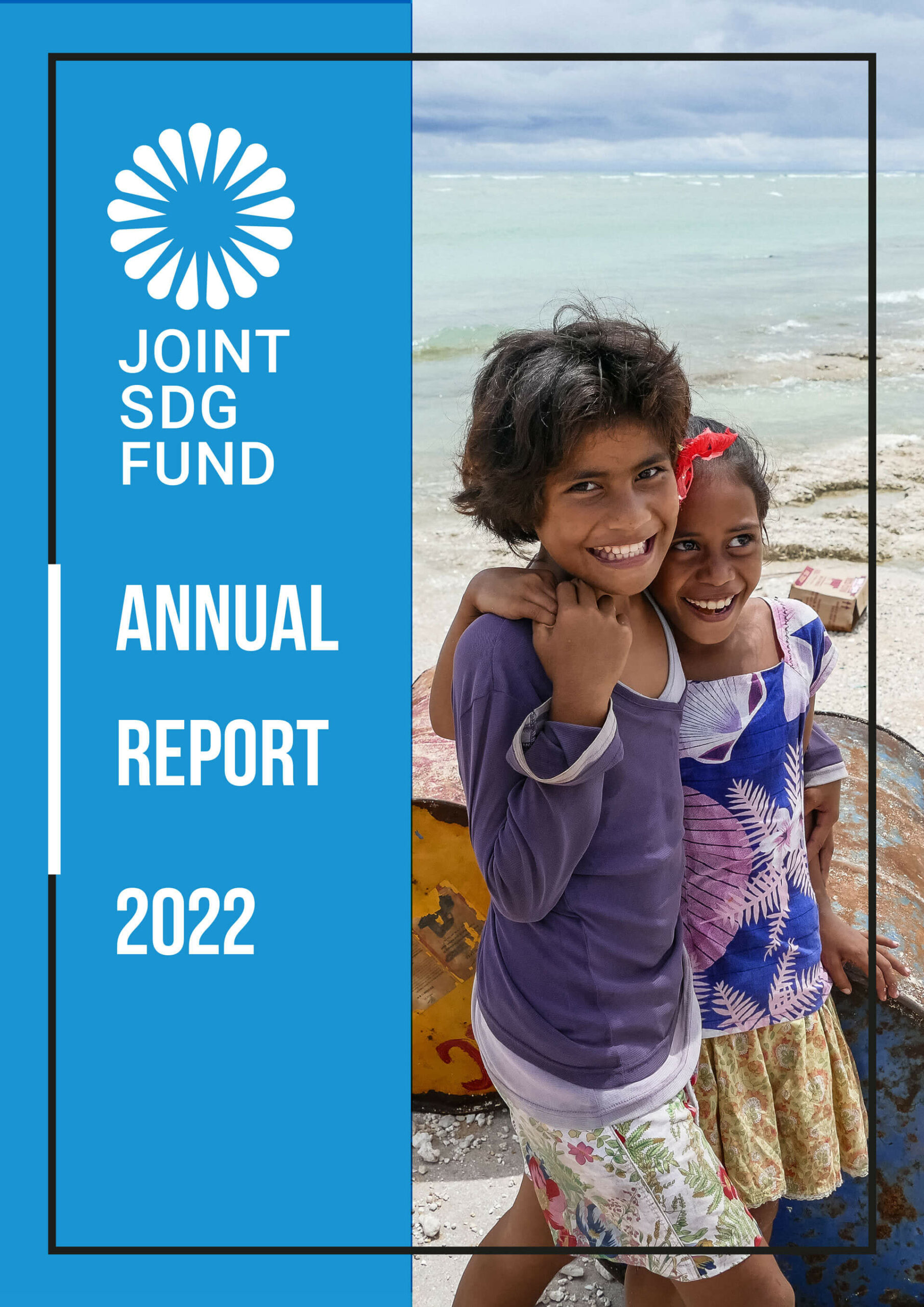Cooperative leader and implementer of incentive mechanisms
Byambatseren Sengejav, leader of a herder cooperative in Ider soum (provincial lower administrative unit), Zavkhan province, is an active member of her community. Besides leading the Khatan Ider cooperative for over nine years, she runs a veterinary in her soum. Conducting training for the Local Development Fund in her soum keeps her busy too.
Despite having a busy schedule, Byambatseren was prepared as a social insurance trainer and advocate in fall 2020 in Ulaanbaatar, the capital city of Mongolia, as part of the ILO-led UN Joint Programme (UNJP) “Extending Social Protection to Herders with Enhanced Shock Responsiveness.” The purpose of the training of trainers was to prepare local trainers in Zavkhan province and support them in reaching out to herders and educating them on voluntary social insurance and its benefits.
Becoming an advocate and trainer for social insurance in her soum has led Byambatseren to contribute to increasing herders' social insurance coverage through her herder cooperative by implementing non-traditional incentive mechanisms that the UNJP implements in collaboration with the National Association of Mongolian Agricultural Cooperatives (NAMAC). The NAMAC has identified incentive mechanisms to be piloted by herder cooperatives to encourage herders to enroll in social insurance in a way that’s more tied to their daily life activities.
When first heard about the opportunity to participate in the pilot project, Byambatseren welcomed the idea of incentive mechanisms and agreed to implement them through her cooperative, Khatan Ider. It was the first time her cooperative worked around herders’ social insurance. Byambatseren and her colleagues shared information about the project, social insurance, and incentive mechanisms with herders on the phone and during meetings and events in collaboration with the soum social insurance officers and bagh (provincial lowest administrative unit) governors. She said that herders were interested in the incentive mechanisms piloted by her cooperatives.

Incentive mechanisms carried out by Byambatseren’s cooperative included accepting non-cash payments from herders such as livestock and raw materials as insurance premiums and offering prioritized breeding services to herders who enroll in social insurance. Out of all, herders were primarily interested in discounts for veterinary service fees for herders who enroll in social insurance, Byambatseren said. She added that this is because every herder gets veterinary services for their livestock.
Byambatseren found the training of trainers she attended in fall 2020 very helpful in implementing such incentive mechanisms. “If I weren’t prepared as a trainer, information sharing would’ve been challenging. Learning social insurance and cooperative laws and regulations during the training helped me implement incentive mechanisms. Because we were fully informed during the training, it helped us choose our approaches to implement these mechanisms,” she said.
Like many other local trainers in Zavkhan province, Byambatseren believes in the importance of the sustainability of innovative approaches such as the incentive mechanisms after the completion of a project. “I believe that this shouldn’t be a one-time activity that tends to be forgotten by herders. I think it’s important to keep the sustainability of the activities in the future,” she said.

Social insurance advocate and trainer
Although working with herders for a long time and having a good understanding of social insurance, Byambatseren deepened her knowledge about social insurance during the training of trainers. “I had a general understanding of social protection before. The training helped me understand specific laws and regulations about social protection for herders. I am capable of providing comprehensive information about social protection to herders as a result of the training.”
Along with Byambatseren, more than 30 social insurance officers, lifelong education trainers, and herders from Zavkhan province also attended the training. After the two-day training, they were divided into teams and reached out to herders in their campsites to raise awareness on social insurance, its benefits, and herder cooperatives. Each team had its approaches of reaching out to herders, including gathering eight to nine herder families at one time for their information-sharing activity. Byambatseren’s team has already reached around over 100 cooperative member herders.
As a herder cooperative leader, working with people from different backgrounds to reach out to herders and share information was an innovative technique for Byambatseren. Receiving training, working in teams, reaching out to herders, and practicing the skills and knowledge acquired from the training was many of the firsts for her team members, including her. Although making one-third of the country’s population, only 15% of herders are enrolled in voluntary social insurance in Mongolia. Therefore, Byambatseren’s team effort was instrumental in increasing the coverage of herders’ social insurance in her province.
“Working as a team was very effective because herder cooperative representatives engage herders in discussions about cooperatives while social insurance officers can explain the social insurance laws and regulations in detail,” Byambatseren said. “Working as a team was also a great opportunity to learn from each other. Moreover, when we were working as a team, herders were more receptive to the information we shared with them,” she added.

During her team’s visit to herder families, Byambatseren noticed that herders lacked knowledge about voluntary social insurance and its benefits as herders mostly thought they needed social insurance only for the old-age pension. Byambatseren said herders were more interested in hearing about social insurance benefits, such as occupational injury benefits and allowances for hospital expenses. “Because it was more one-on-one interactive discussions, herders were more engaged,” she said. Byambatseren believes that social insurance coverage of herders increased as a result of the advocacy and awareness-raising activities of her and other teams.



















